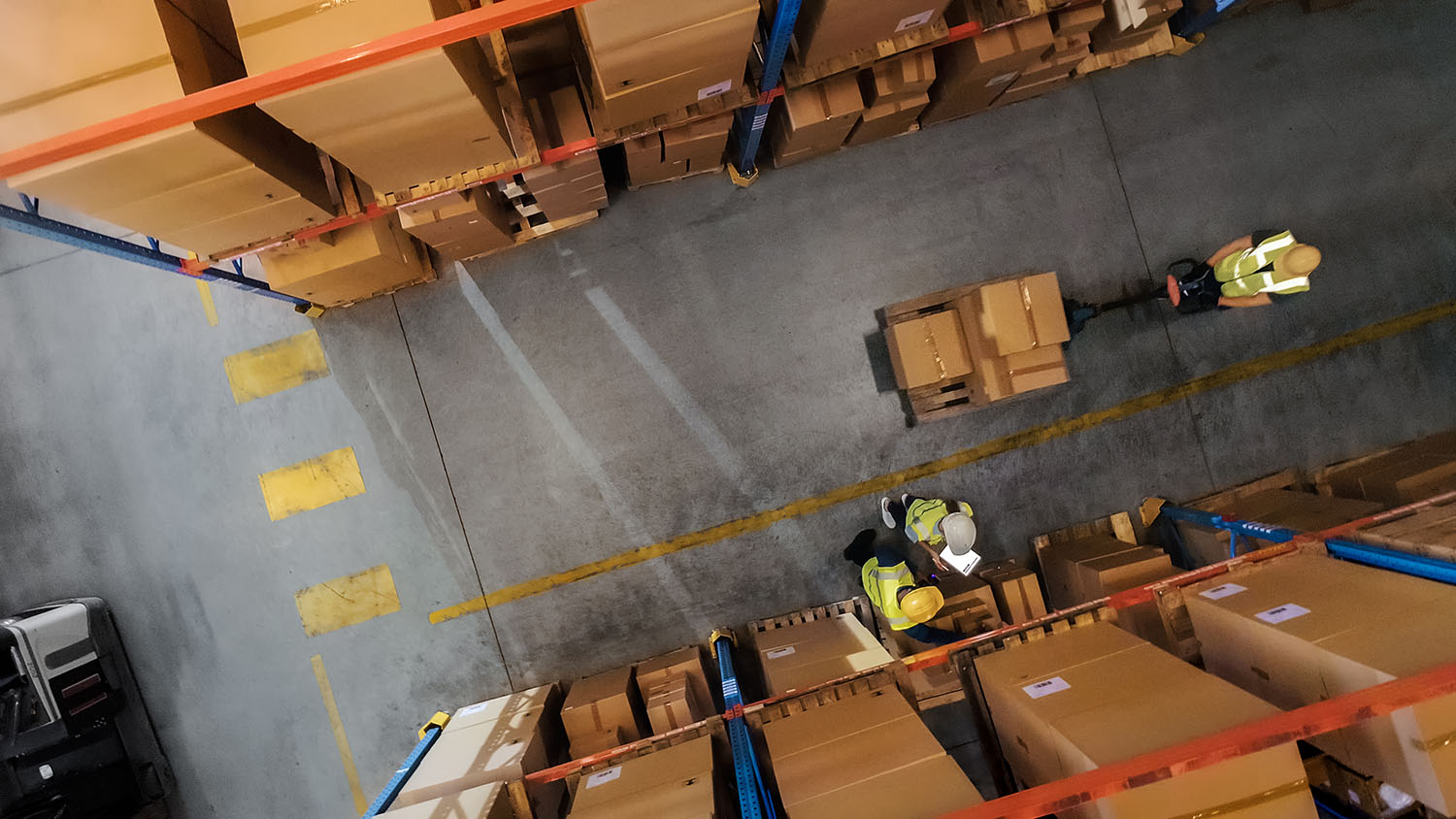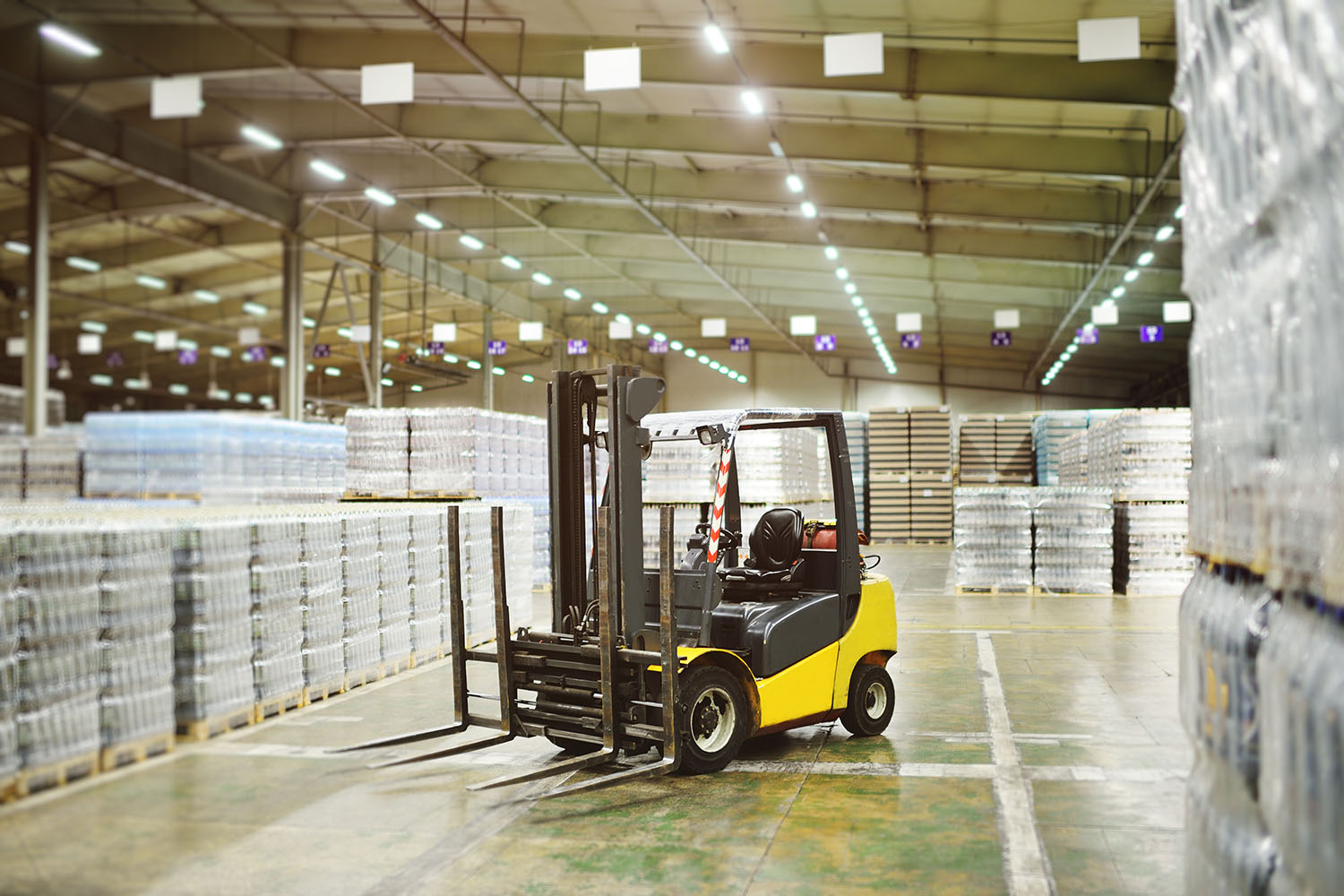Fluctuations in the labor market, increased demands from customers, and growing competitiveness are prompting warehouse operators across the country to push for greater productivity and efficiency. Being competitive and adapting to industry demands is critical to surviving and flourishing as a business. That’s why many businesses are turning towards labor management systems (LMS) to help them optimize and streamline their warehouse operations and improve their bottom line.
What is a labor management system?
An LMS provides warehouses with the ability to manage the productivity of their labor, as well as forecast resource allocation. The software tracks the activity and allocation of labor resources to give you real-time performance data, such as throughput, activity metrics, and downtime. In doing so, it allows you to increase productivity and efficiency in your warehouse, from allocating less resources during slow periods, identifying tasks or areas that are time sinks, and streamlining unnecessary processes to improve profitability.
How does a labor management system work in your warehouse?
An LMS is a great complement to your warehouse management system, as it unifies your order lifecycle with the time and capacity spent on completing that order. This gives you a full picture view of everything happening in your warehouse and allows you to effectively assign the resources at your disposal.
The system works by recording task performances in real-time and then comparing these to the estimated times you have assigned for each task. The standards or benchmarks of task timing and allocation allows you to see where to make improvements and how to better allocate labor to meet throughput and revenue goals.
Labor management system benefits:
1. Improved labor visibility
Visibility across your labor force and productivity levels allows you to make better resource allocation and planning decisions. Without accurate and comprehensive visibility, managers and supervisors will struggle to see where labor resources are being consumed and make accurate and timely staffing decisions.
An LMS will give you a clear view of your labor and the flow of goods in your warehouse, allowing you to plan your resources around operational and revenue objectives. LMS dashboards and reports give you the tools to analyze direct and indirect labor activities, as well as control inputs and outputs levels for your entire labor force.
2. Capture critical data
As a warehouse manager or business owner, you’ll know that data is one of your greatest assets. Being able to accurately capture, track, and analyze labor data is critical to monitoring the efficiency of your operations and identifying opportunities for improvements.
Being able to track real-time data allows managers and supervisors to see the status of their entire team and make labor decisions promptly. Not only does this data help with day-to-day operations, analyzing labor data over a longer period of time lets you plan around staffing outputs and forecast labor needs for busy or quiet periods for your business.
3. Improved resource allocation
A better utilized workforce helps you maximize productivity and your bottom line. Running your warehouse with an under or over-utilized workforce can be detrimental to the speed and accuracy of your fulfillment, as well as your operating expenses.
An LMS lets you address shortages and surpluses of labor across areas and departments in your warehouse. You will be able to better utilize your team to meet delivery needs as workloads fluctuate with inbound and outbound goods, as well as calculate equipment requirements in line with labor levels.
4. Benchmark performance
Having an LMS in place will also allow you to track and benchmark individual employee performance. This means you can clearly see who is excelling, who may need additional training, or who isn’t being effective in their role. These insights provide managers with concrete data to make better labor decisions and understand their teams performance and needs. Identifying time management issues and seeing how much time is spent on specific tasks (such as picking or receiving an order) is a valuable and simple way to inform labor and cost efficiency decisions.
5. Cost savings
After inventory, labor costs are one of the greatest expenses in your warehouse. To help you stay competitive and remain profitable, improving productivity and cutting labor costs are the best places to start. However, if you don’t have the visibility and data to inform your decisions, it will be difficult to know where and how you can make cost savings while maintaining high performance.
It goes without saying that greater efficiencies in your labor means lower labor expenses, and fortunately an LMS enables you to measure everything from your productivity levels to your total throughput costs. This will help you determine how to achieve the highest level of productivity with the lowest headcount.
6. Powerful reporting
Having a powerful system that captures critical data and generates reports will save your warehouse managers time and, therefore, money. Configuring your own reporting structure will give you all the insights you need to evaluate productivity levels and allocate labor efficiently, as well as giving you the ability to plan ahead. Forecasting workloads and labor requirements not only reduces the impact of fluctuations in the warehouse, it also helps you adapt to market trends and remain profitable.
If you want to find out more about labor management systems and why they are a great addition to your warehouse management, learn more here or get in touch with our team.



